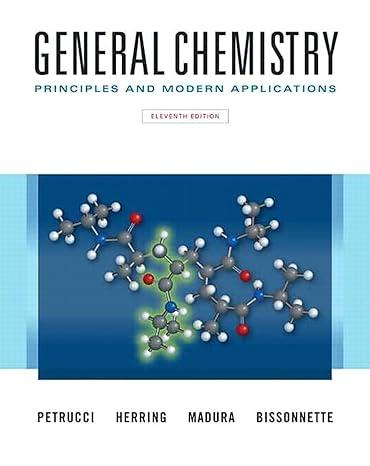In research that required the careful measurement of gas densities, John Rayleigh, a physicist, found that the
Question:
In research that required the careful measurement of gas densities, John Rayleigh, a physicist, found that the density of O2(g) had the same value whether the gas was obtained from air or derived from one of its compounds. The situation with N2(g) was different, however. The density of N2(g) had the same value when the N2(g) was derived from any of various compounds, but a different value if the N2(g) was extracted from air. In 1894, Rayleigh enlisted the aid of William Ramsay, a chemist, to solve this apparent mystery; in the course of their work they discovered the noble gases.
(a) Why do you suppose that the N2(g) extracted from liquid air did not have the same density as N2(g) obtained from its compounds?
(b) Which gas do you suppose had the greater density: N2(g) extracted from air or N2(g) prepared from nitrogen compounds? Explain.
(c) The way in which Ramsay proved that nitrogen gas extracted from air was itself a mixture of gases involved allowing this nitrogen to react with magnesium metal to form magnesium nitride. Explain the significance of this experiment.
(d) Calculate the percent difference in the densities at 0.00 °C and 1.00 atm of Rayleigh’s N2(g) extracted from air and N2(g) derived from nitrogen compounds. [The volume percentages of the major components of air are 78.084% N2, 20.946% O2, 0.934% Ar, and 0.0379% CO2.]
Step by Step Answer:

General Chemistry Principles And Modern Applications
ISBN: 9780132931281
11th Edition
Authors: Ralph Petrucci, Jeffry Madura, F. Herring, Carey Bissonnette





